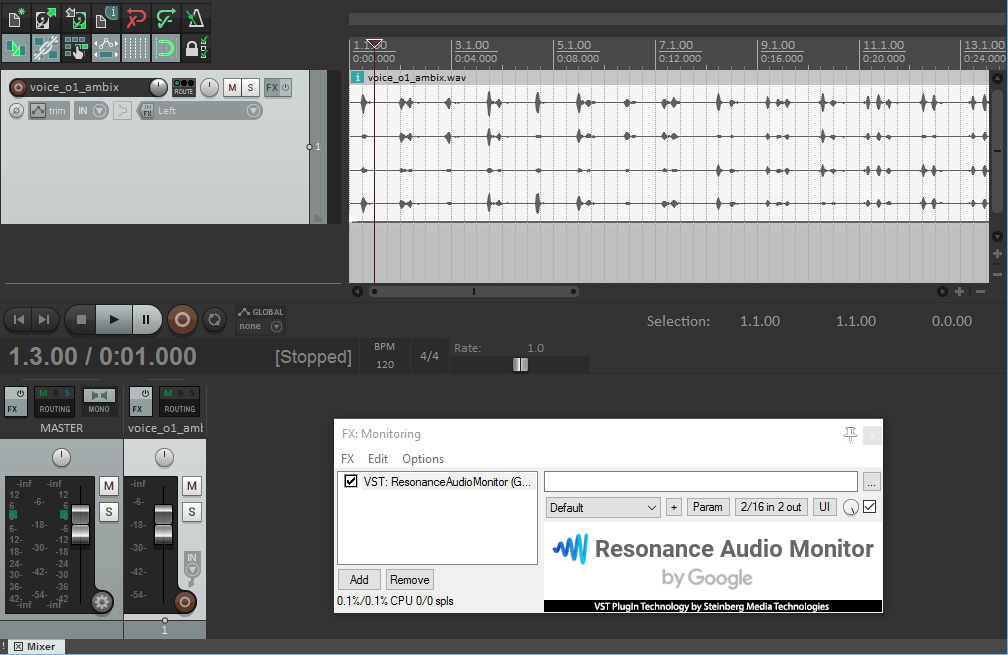Audio Monitoring that is, with the input turned on, the sound that you input from a microphone are automatically fed through the output. So you hear it back as you are making them.
Download the latest version of MIDI Monitor for Mac - Display MIDI signals in many formats. Read 5 user reviews of MIDI Monitor on MacUpdate. LatencyMon also serves well as a simple ISR, DPC, or hard page fault monitor. LatencyMon's plain but efficient interface has five tabs: Main, Stats, Processes, Drivers, and CPU. Fixed audio distortion after switching sample rates on bluetooth devices. Addressed application hang when switching to a bluetooth device or a built-in device on T2 Macs. Master volume displayed in the touch bar now updates properly when the default output device is changed.

Unlike Windows, in which you can enable the function of “Listen to this device”, there is no direct way to get the real-time monitoring on Mac. But what to do when you need to check levels on a microphone or you want to pass audio from microphone through Mac to speaker while doing the presentation?
The included app on your Mac will do the job, like the Garageband, Log Pro X, etc. But we will pick up the simplest one, the QuickTime Player, which is easier to use and will take up less CPU engagement.

1. Open the QuickTime Player
2. Go to the “File”> the ”New Audio Recording”.
Mac Download Torrent
3. Click the arrow next to the Record button, choose “USB PnP Audio Device”.
Mac Os X Snow Leopard For Vista
4. Adjust the volume slider to the right.
Another method is to use a monitoring app for Mac, like AudioMonitor (
Notice: The software will reveal itself as a package of contents. The only one you need to be interested in is AudioMonitor. Drag that icon over to the Applications folder on your Mac to install the program. Feel free to discard the rest.
It may take a bit of time to find the option of input monitoring (on Garageband) or software playthrough (on Audacity).
If you would like to suggest any other methods to monitor audio on Mac or have the problem of using that software, feel free to comment below!
Sound Control 2.5.0 is a FREE upgrade for all owners of Sound Control.
Version 2.5.0
- Devices menu now shows the Master Volume.
- Input devices now properly show and update the muted state.
- Toggle mute for default input device now shows the HUD to indicate status change.
- Add hotkeys for controlling the default input device’s gain and mute.
- Input devices now show gain dB value properly.
- Changing the gain of an input device no longer beeps.
- Added Priority devices for Input devices.
- Added HotKeys for changing the default input device.
- Volume feedback beeps now play on the appropriate device.
- Sound Control no longer interferes with macOS automatic device selection if priority devices are not enabled.
- Reduced CPU use.
- Added option to show and control apps that have been explicitly added to the listing.
- Fixed audio distortion after switching sample rates on bluetooth devices.
- Addressed application hang when switching to a bluetooth device or a built-in device on T2 Macs.
- Master volume displayed in the touch bar now updates properly when the default output device is changed.
- Added support for AirPlay!
- Added AppleScript support for setting mute, volume and balance.
- Added support for Zoom Thunderbolt audio devices.
- Sound Control volume change overlay more closely matches the system.
- Fixed a crash that could happen when muting AirPods Pro.
- Menu bar icon no longer shows disabled if STZ Audio Process plugin isn’t installed.
- Last version to support macOS 10.11 (El Capitan), 10.12 (Sierra), 10.13 (High Sierra. The next update to Sound Control will require macOS 10.14 (Mojave).